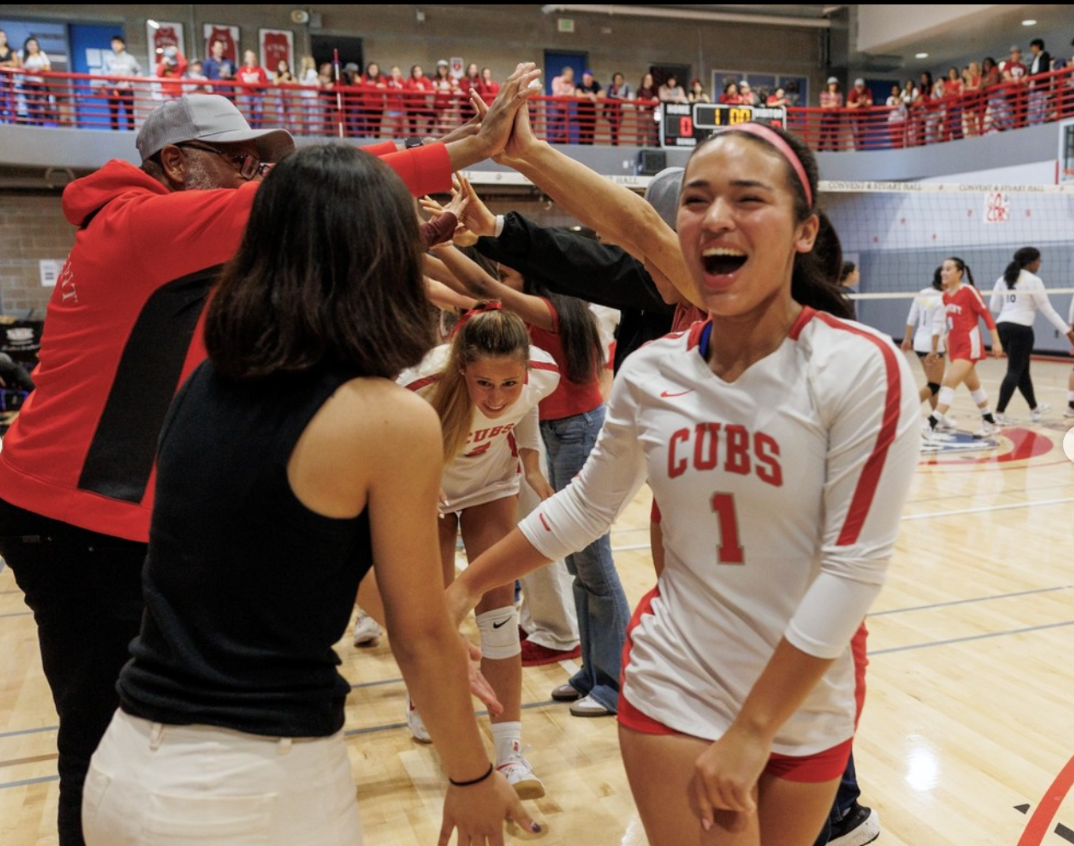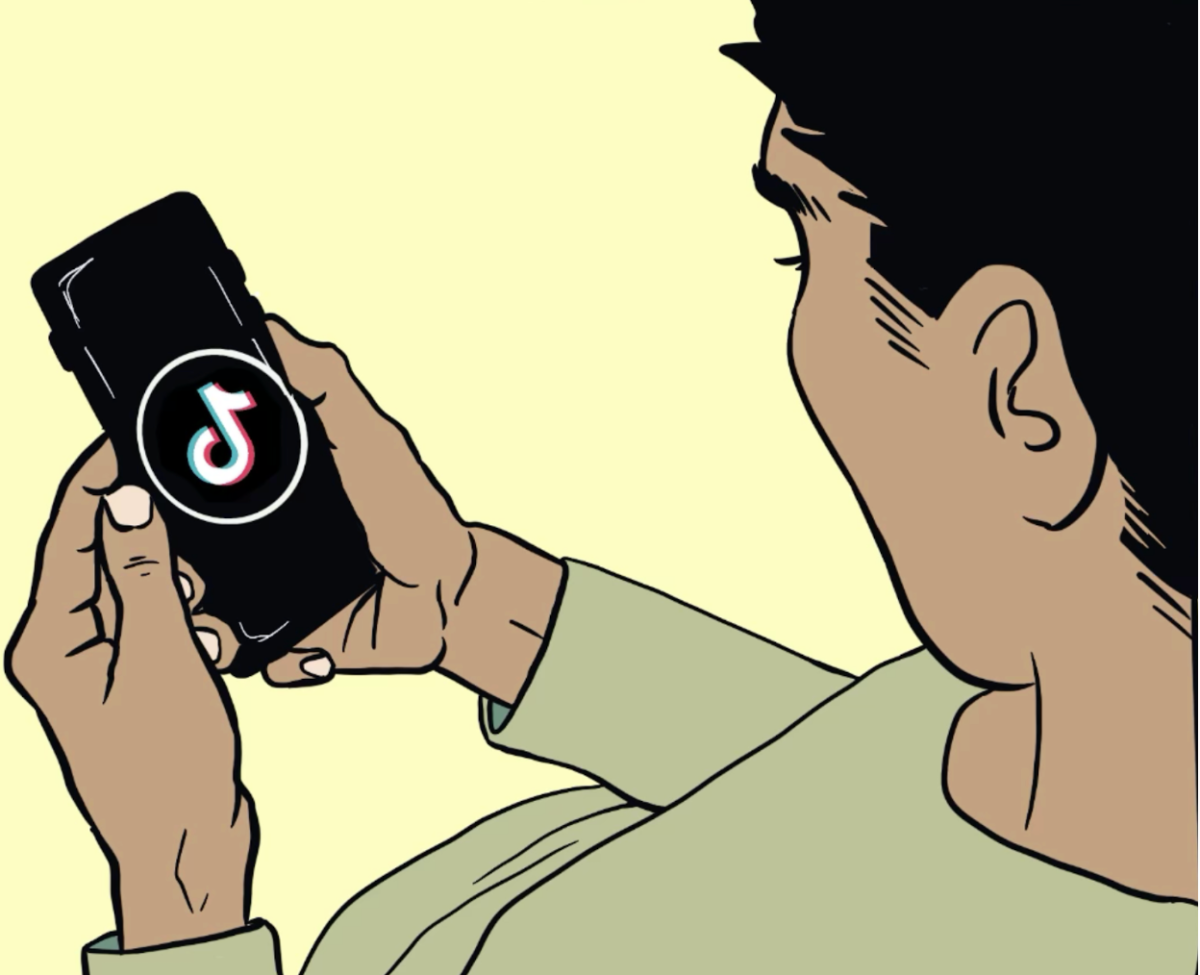Emily Bloch
Reporter
Failure. Embarrassment. Weak. Stupid.
Children with diagnosed learning differences often identify with these terms — however untrue — believing their different learning styles are inferior to those students who learn “traditionally.” Both traditional learners and those with differences should learn to embrace learning styles as something unique, not something wrong.
Learning differences do not prevent people from becoming successful — Jay Leno, Charles Schwab and Larry Ellison as well actors Tom Cruise and Robin Williams all say they have dyslexia or other information processing issues.
Receiving, processing, analyzing or storing information are the most common issues for students with learning differences. These obstacles often make it challenging for students to learn in the same way as their peers.
Learning differences among the school-aged population are prevalent in the United States, with about 10 percent having been formally diagnosed, according to the Child Development Institute.

Children with learning differences are often given extra time on written work and exams, but studies show students without learning differences do not benefit from being given extra time on the same work.
The cultural stigma that learning differences are “bad” needs to be erased. Thousands of students with differences go undiagnosed because they are afraid to come forward and embrace their differences.
Project Eye to Eye, a national non-profit mentoring program for children and young adults with learning differences throughout the United States, provides a chance for high school girls and boys to bond with elementary school children through art, helping young people to grow up without that stigma.
“Working with Eye to Eye gives the younger kids a chance to see how normal and acceptable it is to have a learning difference,” junior Quinn Reno, a member of Eye to Eye said. “If they see that the older kids, their role models, deal with it as well, it can take the stress off.”
Bonding over learning differences can build confidence and eliminate frustration in class for students, knowing that millions of others struggle with the same problem.







